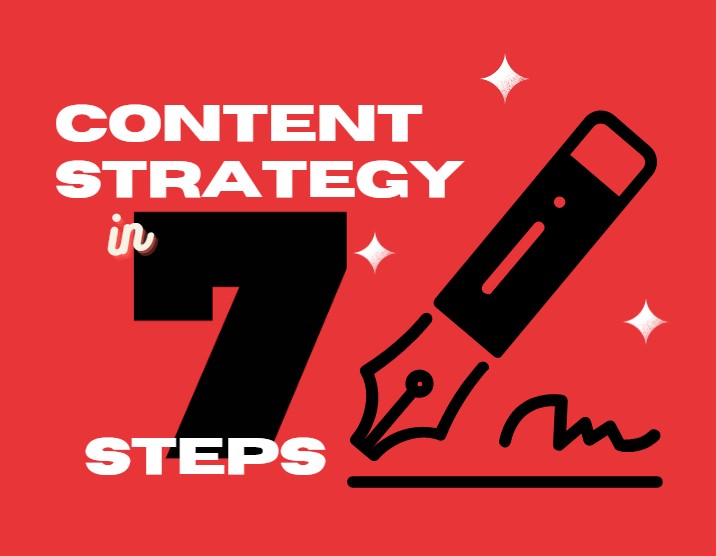A content strategy framework outlines the steps you’ll take to create, publish, and manage content that aligns with your goals and resonates with your audience. Whether you’re looking to increase website traffic, boost brand awareness, or drive leads and sales, a solid content strategy can help you achieve those objectives. Here are seven essential steps to creating a content strategy framework:
- Define your goal.
The first step in creating a content strategy framework is to define your goal. What are you hoping to achieve with your content? Do you want to increase website traffic, generate more leads, or establish yourself as an industry thought leader? Once you’ve identified your goal, you can tailor your content strategy to achieve it.
- Conduct persona research.
Knowing your audience is key to creating content that resonates with them. Conduct persona research to identify your target audience’s demographics, interests, pain points, and needs. This will help you create content that speaks directly to them.
- Run a content audit.
Before creating new content, take stock of what you already have. A content audit will help you identify what’s working, what’s not, and what content gaps you need to fill. You can then use this information to refine your content strategy and create a plan for filling those gaps.
- Choose a content management system.
A content management system (CMS) is essential for organizing and managing your content. Choose a CMS that fits your needs and budget, and that integrates with your other marketing tools.
- Determine which type of content you want to create.
Content comes in many forms, from blog posts and social media updates to videos and podcasts. Determine which type of content best aligns with your goals and audience, and that you have the resources to create.
- Brainstorm content ideas.
With your goals, audience, and content type in mind, brainstorm content ideas. Consider what topics will be most interesting and valuable to your audience, and what keywords and phrases will help your content rank well in search engines.
- Publish and manage your content.
Once you’ve created your content, it’s time to publish and manage it. Use your CMS to schedule posts, track engagement, and analyze performance. Be sure to promote your content through your marketing channels, such as email, social media, and paid advertising.
Content Strategy Framework
Creating a content strategy framework is a crucial step in achieving your marketing goals. By following these seven steps, you can create and publish content that resonates with your audience and helps you achieve your objectives. Remember to stay flexible and adapt your strategy as needed to ensure that it continues to drive results.
If you need help creating a content strategy for your business, contact Paul Dughi, CEO at StrongerContent.com today.

